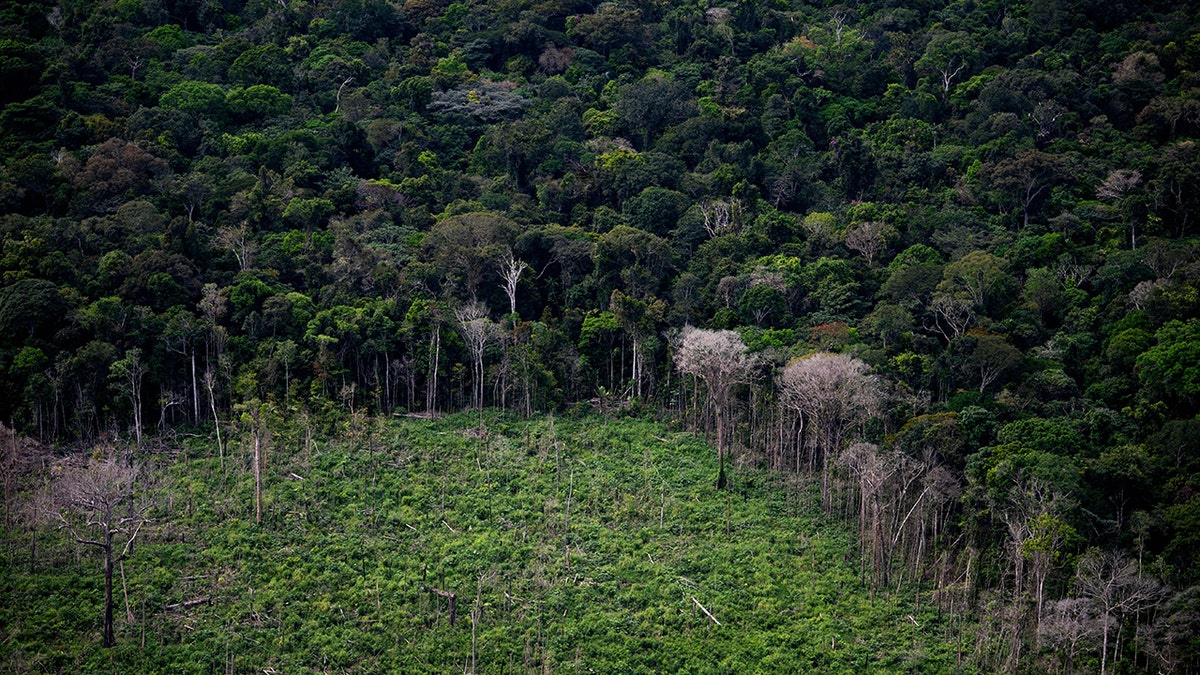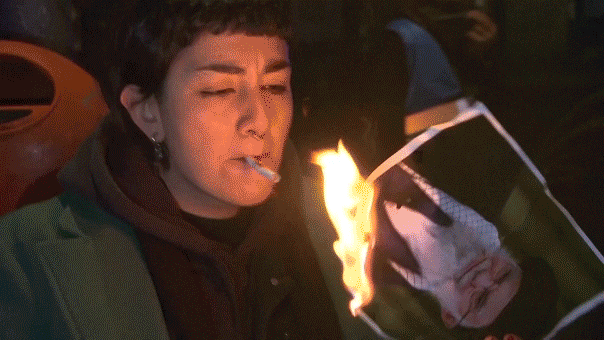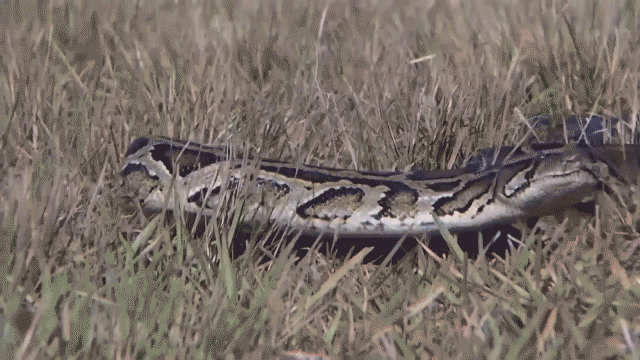Fox News Flash top headlines for February 29
Fox News Flash top headlines are here. Check out what's clicking on Foxnews.com.
The Brazilian state of bra in the Amazon rainforest has been hit with more than 2,000 fires in February, according to data released Thursday by the state space agency.
The National Institute for Space Research, known by its Portuguese acronym INPE, said that satellite sensors detected the blazes between Feb. 1 and Feb. 28. It wasn’t immediately clear how much land was burned in that period in Roraima, the South American country's northernmost state.
HAWAII OFFICIALS REQUEST $1B IN SHORT-TERM MAUI WILDFIRE RECOVERY FUNDS
The number of fires was far above the monthly average of 376, and the second-highest registered in a single month since INPE began collecting data in mid-1998.

Aerial view showing a deforested area of the Amazon rainforest seen during a flight between Manaus and Manicore, in Amazonas State, Brazil, on June 6, 2022. (Mauro PIMENTEL / AFP) (Photo by MAURO PIMENTEL/AFP via Getty Images)
The smoke has clogged the air of entire cities in the 77,220-square-mile state, as it did in Manaus and other Amazon cities late last year. Fires are also burning down forest inside the Yanomami Indigenous Territory, Júnior Hekurari, president of the Yanomami local health council, told The Associated Press.
Fires in the Amazon are almost always deliberately set, to improve cattle pasture or burn recently-felled trees once they are dry. The fires often burn out of control and reach pristine areas of forest.
But experts say El Niño, a natural and temporary warming of part of the Pacific, along with the warming of northern tropical Atlantic waters, likely contributed to the current situation.
Earlier this month, the heightened risk of forest fires prompted President Luiz Inácio Lula da Silva to declare a state of environmental emergency in several regions. It reduces cumbersome administrative procedures, allowing authorities, for example, to speed up hiring processes or extend contracts without due process.
CLICK HERE TO GET THE FOX NEWS APP
The Amazon was hit by a historic drought last year, with eight Brazilian states recording the lowest rainfall in the July-September period in more than 40 years.









































